hip dysplasia in cats walking
Staggering or swaying motion to gait and general difficulties in walking. Walking like theyre unbalanced on their hindlimbs.
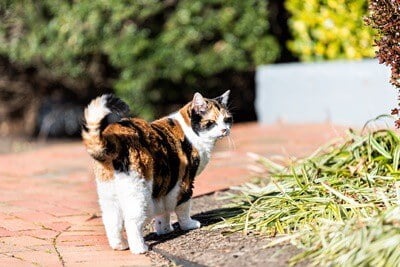
Why Are My Cat S Back Legs Not Working Weak Wobbly And Stiff
The hip joint will be painful when your veterinarian manipulates it during the physical examination of your cat.
. Intermittent or persistent lameness of the hind legs. Unalleviated chronic pain may contribute to behavioral problems. Vet bills can sneak up on you.
This is a ball and socket type joint with the head of the femur fitting smoothly and tightly into the hip joint in a normal cat. Cats can often develop a degenerative illness we know as hip dysplasia. Hip dysplasia is very painful for cats.
Hip Dysplasia is basically a poor fitting hip joint. In some cats hip dysplasia will not cause any obvious disease but in others especially if more severely affected over time significant and painful arthritis may develop. Signs of hip dysplasia include.
In addition to this your veterinarian may feel a grinding sensation crepitus when the femur is moved. It causes immense stiffness and pain because the condition renders the ball-and-socket joint malformed. Reluctance to walk play or climb.
Avoidance of physical activity. Lethargy and general irritability. Lack of interest in games and activities due to the pain caused by the deformity.
They should come together in a nice fit. Bug is a 2 year old 35 lb mixed breed most likely labretriever type. With cat hip dysplasia the fit is poor and misshapen.
Cartilage dislocations and damage generate microcracks that prevent the animal from walking climbing jumping or playing. Obvious discomfort when hips are touched. Some clinical signs of hip dysplasia include.
Though fairly uncommon this disease tends to affect cats that are purebred or heavy boned though it can still occur in small boned cats. Because cats are so skilled at hiding their pain or discomfort hip dysplasia may be quite severe by the time symptoms start to show. January 27 2018.
Obsessive licking or chewing on the back legs or hip area. Cats suffering from the disorder will be unwilling to move. Hip dysplasia in cats is a slow progression disease that shows up in the form of lameness.
As a degenerative disease the cats suffering it can soon develop osteoarthritis. Limping or lameness in the hind legs. Weakness in the back legs.
Clinical signs of feline hip dysplasia include limping or other apparent difficulties in walking avoidance of physical activity expression of pain if the hip is touched and persistent licking or. Hip dysplasia can be seen in any breed of cat but it is seen more commonly in the. Reluctance to move particularly to jump.
Cats who suffer from hip dysplasia have joint laxity which will sooner or later contribute to the development of arthritis in the hip joint. Symptoms of Hip Dysplasia. Intermittent or persistent lameness of the hind legs.
A cat might have one dysplastic joint or both may be affected. That is when his bones are not yet fully developed but the condition becomes more severe over time. Obsessive licking or chewing on the back legs or hip area.
The environment under which the cat lives can exacerbate the illness. Hip dysplasia is uncommon in cats and when present typically does not cause the severity of pain and lameness as is seen in dogs. Cats can often develop a degenerative illness we know as hip dysplasia.
Hip dysplasia is the abnormal development of the hipbone and the femur coxofemoral joint. The symptoms of hip dysplasia in cats include. A cat affected by hip dysplasia will show the following symptoms.
If you ever observe a normal cats hip joint you will find a femoral head as part of. Unlike dogs cats being experts in hiding their ailments show very little symptoms. The ball is the top of the femur leg bone and the socket is part of the pelvis.
Sadly these conditions are painful for. Signs of Hip Dysplasia in Cats Lameness or limping that gets gradually worse Trouble jumping Exercise intolerance Lethargy andor irritability due to pain Stiffness and decreased range of motion in on or both rear limbs Muscle loss in rear limbs 1. It is a ball and socket arrangement.
Difficulties walking due to the deformities in the bone and the joint swelling. Abnormal movement or limping or walking difficulties. A diagnostic X-ray will show the direction of dislocation and whether a fracture of any part of the hip joint has occurred.
Hip dysplasia in cats begins when an animal is small. One important thing to keep in mind is that an overweight or obese cat will be more prone to the progression and worsening of clinical signs of hip dysplasia in cats. A cat being less active is often just because its getting older.
The mode of inheritance is polygenic. The femur rubs in the hip socket. Hip dysplasia affects many species including the human.
In some cats hip dysplasia is seen along with patellar luxation where the knee caps slip out of place. Obvious discomfort upon rising. Get the pawfect insurance plan.
The most common clinical signs of hip dysplasia in cats are as follows. It can take some time to notice the signs of pain as the cat becomes less active has an increasingly difficult time jumping and climbing stairs or becomes reluctant to squat while using the litter box. Hesitation before walking and shows a reluctance to run and jump and engage in any physical activity.
It is the most commonly diagnosed orthopedic disease in dogs Hip dysplasia is inherited. Clinical signs of hip dysplasia usually develop gradually in cats. Hip dysplasia is a condition in cats that causes their hip joints to develop abnormally.
Hip dysplasia in cats is a genetically inherited malformation of the hip joint. Walking stiffly or awkwardly. A cat with hip dysplasia will show progressive signs of lameness like limping unwillingness to move continually chewing or licking the hip and expressing pain when the hip area is touched.
Staggering or swaying motion to gait and general difficulties in walking. It is also far more likely to be found in female rather than male cats. Hip dysplasia is caused by many different factors.
There is a hereditary or genetic component with certain breeds and breed lines being predisposed to the disease and then there are environmental factors such as. Kato was painful for a few weeks and his problem ended up in the hip joints. For now however veterinarians generally agree that the only way to prevent hip dysplasia would be to avoid the breeding of cats that are thought to be genetically predisposed to the condition.
All of these clips were taken after a mile-ish off leash run so the limping is more. What are the symptoms of hip dysplasia in cats. The complications of hip dysplasia can begin at any age and will worsen with time.
One big warning sign is if it whines from being in a. Still most healthy cats will. Hesitation to jump or run.
Hip snap when walking or getting up. A noticeable lack of muscle in the hind legs.

Hip Dysplasia In Cats Signs Treatment And Prevention Daily Paws
Ask A Vet Did You Know That Cats Get Hip Dysplasia
Nfcfa Norwegian Forest Cat Fanciers Association Www Forestcats Net
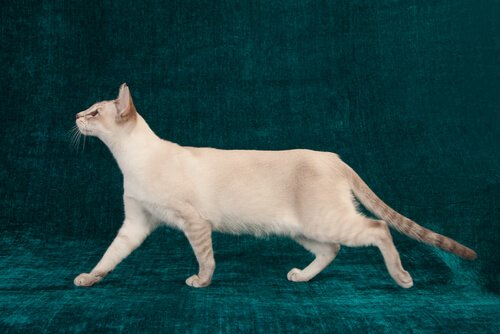
Hip Dysplasia In Cats Everything You Need To Know My Animals
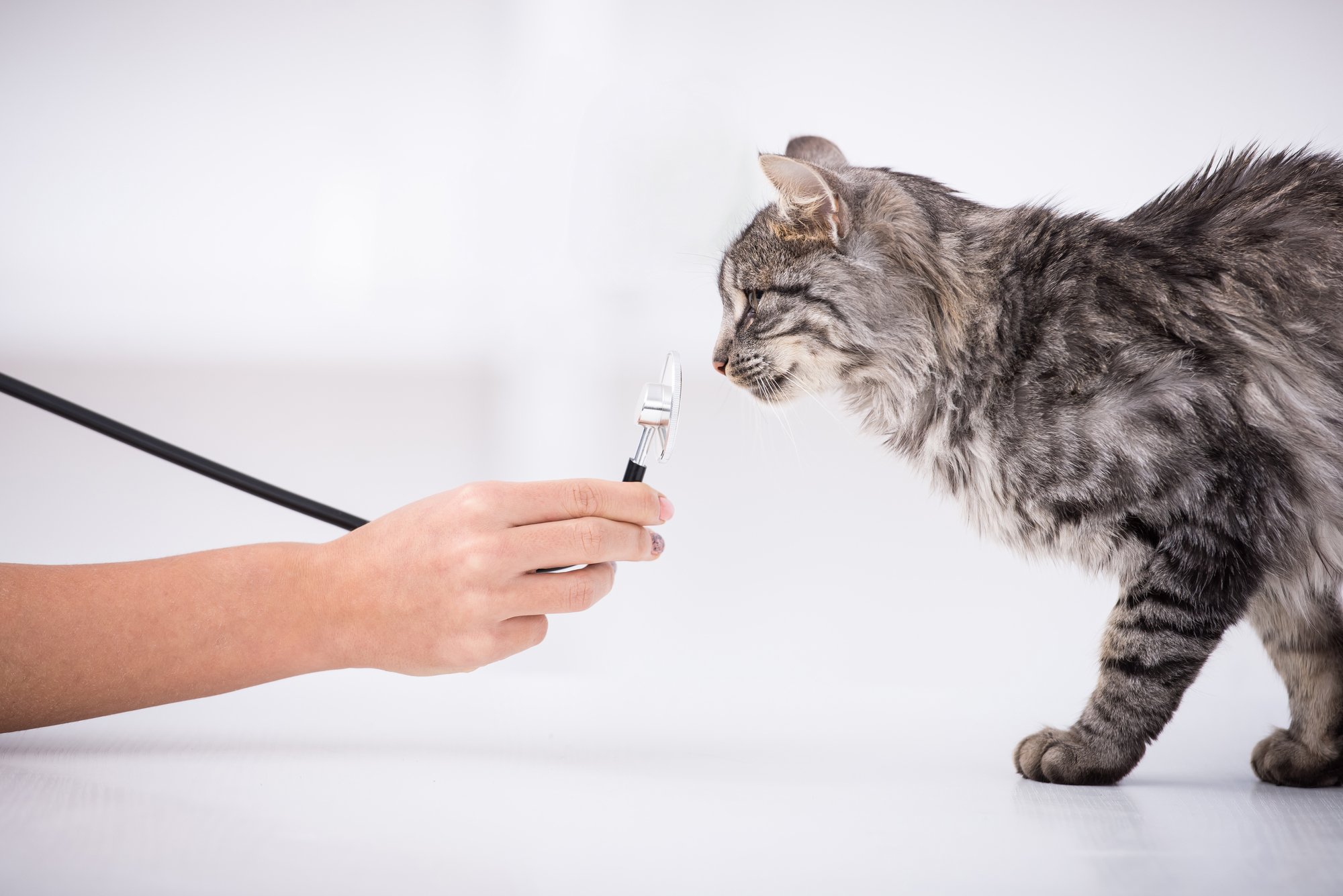
Cats Hide Signs Of Hip Dysplasia Catwatch Newsletter
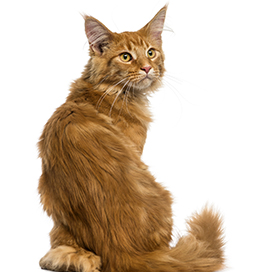
Hip Dysplasia Cornell University College Of Veterinary Medicine

Feline Hip Dislocation Youtube
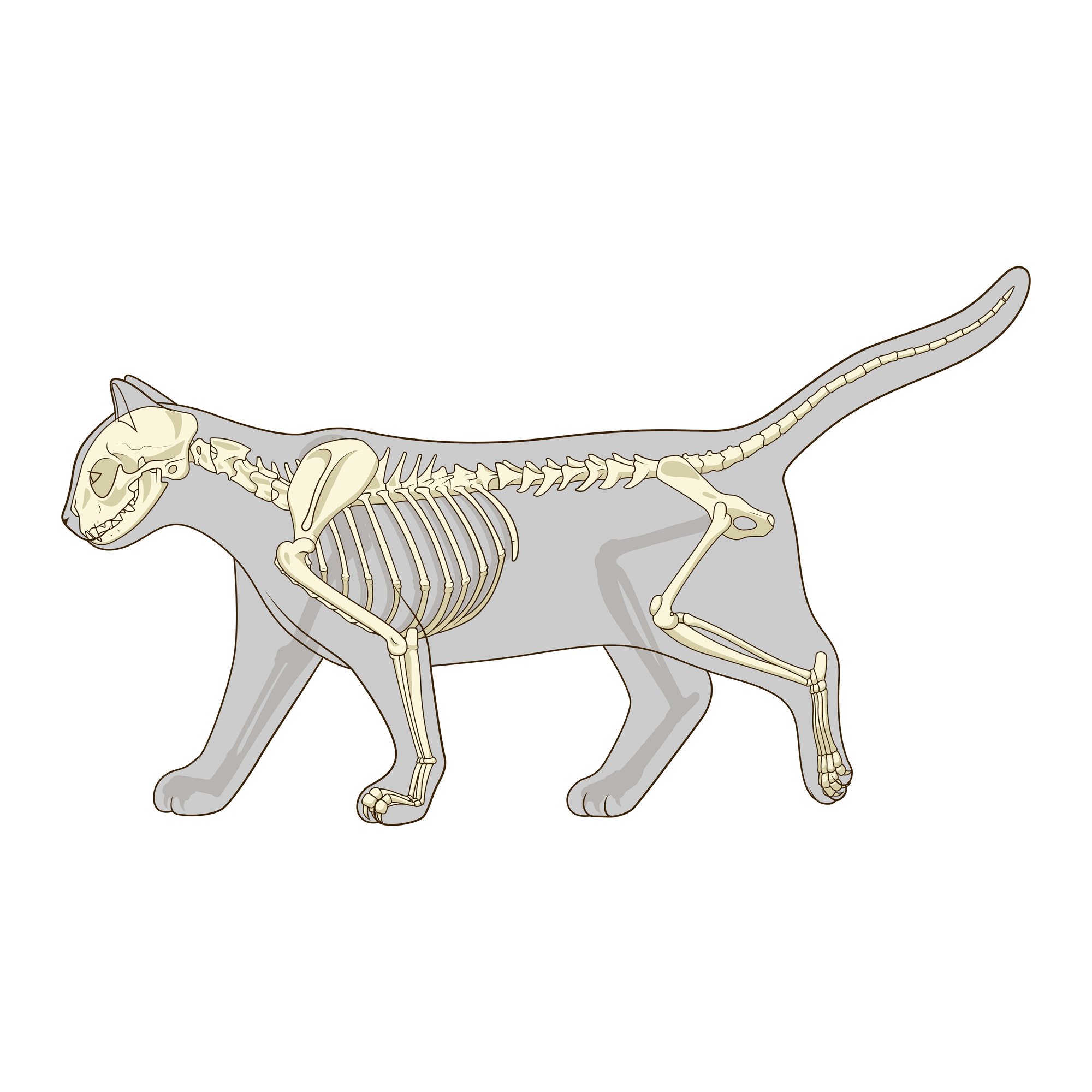
Cats Hide Signs Of Hip Dysplasia Catwatch Newsletter
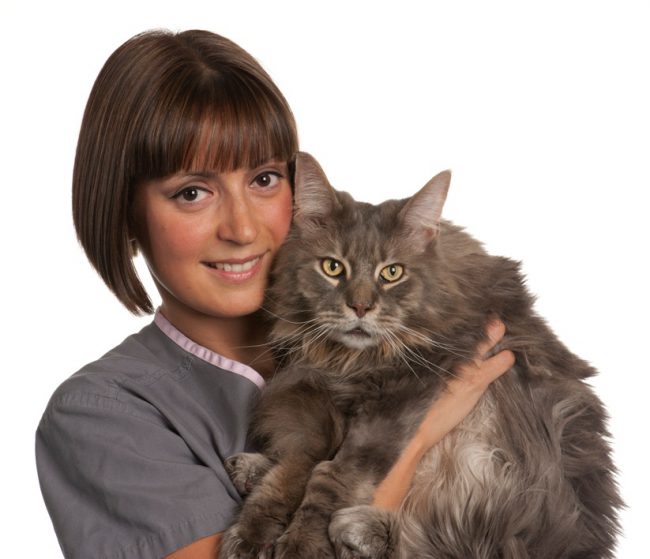
New Knowledge And New Treatments For Feline Hip Dysplasia College Of Veterinary Medicine At Msu
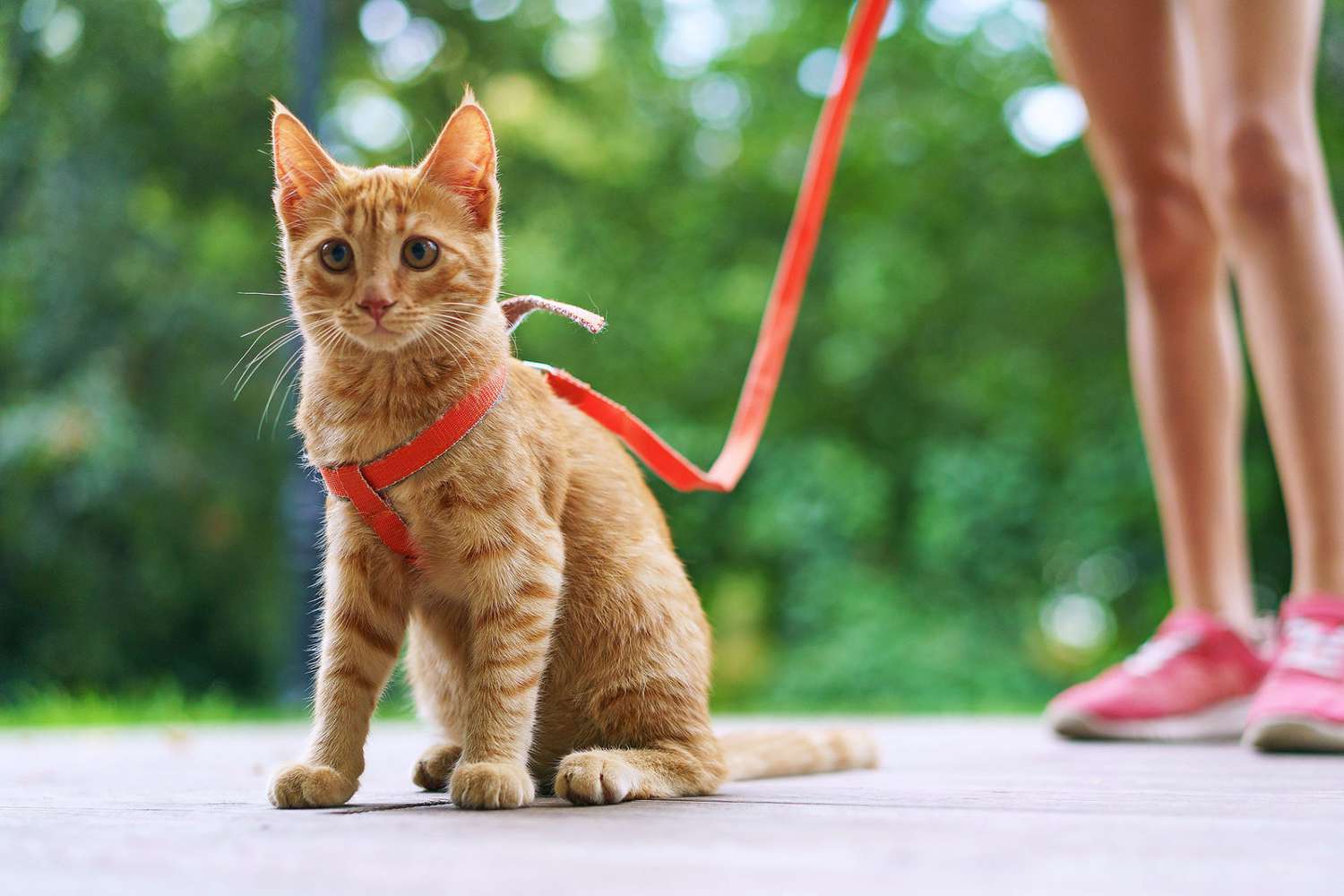
Hip Dysplasia In Cats Signs Treatment And Prevention Daily Paws

What Is Hip Dysplasia In Cats All To Do With Cats

All About Feline Hip Dysplasia The Honest Kitchen Blog
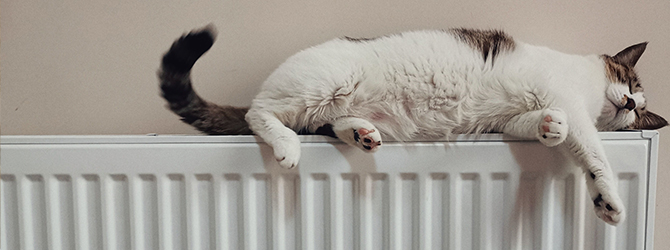
Hip Dysplasia In Cats Causes Symptoms Prevention My Family Vets

Hip Dysplasia In Cats And Dogs By Kelsey Tinsman Ppt Download

Lameness Hip Dysplasia Cats Youtube
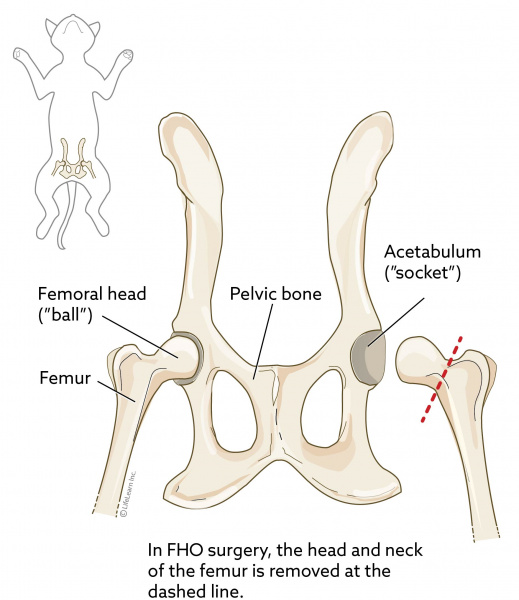
Femoral Head Ostectomy Fho In Cats Vca Animal Hospitals

